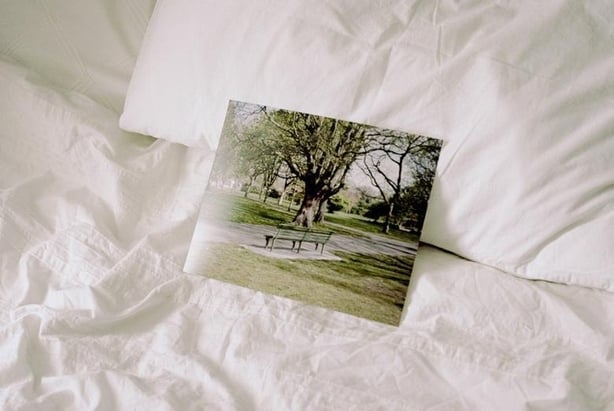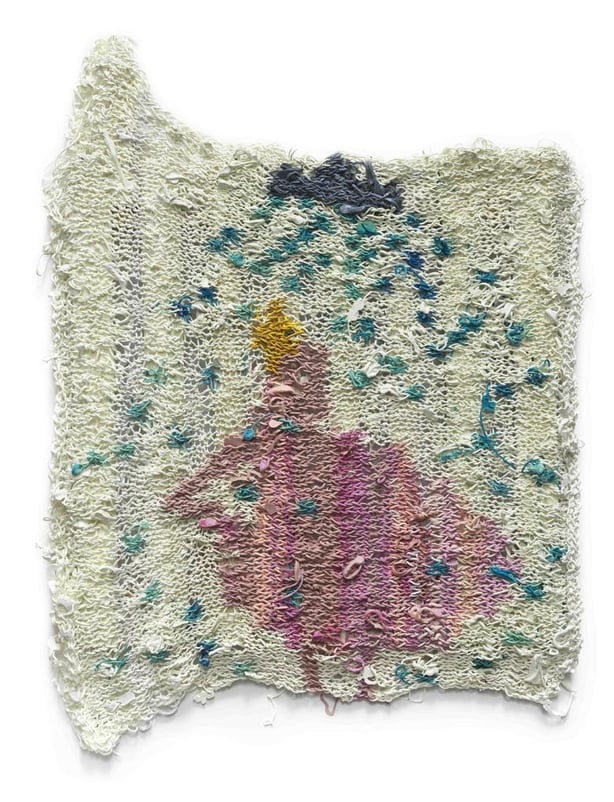Opinion: Artist Aideen Barry addresses the current controversy surrounding the removal of artworks from the walls of the National Gallery of Ireland, by artists protesting the recent decision by NGI to award a catering contract to a company which provides services to direct provision centres.
The act of protest as an art form has a long history in Ireland and indeed it could be argued has even spread from here to the wider world: the Dunnes Stores workers and their anti-apartheid stance; Maser's Repeal mural and the subsequent performative "censorship as protest" by Project Arts Centre when instructed to cover up the artwork; Waking The Feminists; the Artists’ Campaign to Repeal the Eighth; and of course the protest against Captain Boycott in Mayo in the 19th century.
The most recent example of protest-as-art-form took place over recent days at the National Gallery of Ireland when two artists who are participating in the Zurich Portrait Prize exhibition removed their work; the Gallery however did not recognise this as a protest.
When artist Brian Teeling removed his shortlisted work Declan Flynn in Dublin, the Gallery chose to swiftly cover up the act by replacing the work with another from the same group exhibition.

Teeling, along with Emma Roche, Jonathan Mayhew, and Salvatore of Lucan voiced their support for the NGI staff who, in a letter to management, had warned that this tender award could "cause irreparable reputational damage" and could harm the trust and the good relationship it had built with vulnerable communities like those of people in Direct Provision. Following the ensuing social media storm a second artist in the exhibition, Emma Roche, also removed her work in protest at what she felt was an unsatisfactory response to this letter.
The right to protest is sacrosanct, and there is a history in this country and around the world of protest leading to positive change.
It is also a missed opportunity that the NGI doesn’t recognise the historical context of protest and see this action taken by the artists for its cultural and ethical significance. In fact there is no mention of the protest in the statement issued by NGI yesterday, nor is there an apology for covering up the protest by Teeling. Instead they have stated that they "respect the wishes of individual artists, but regret the changes to display".

The right to protest is sacrosanct, and there is a history in this country and around the world of protest leading to positive change. The actions created here by these artists are rooted in our history of protest and standing up for those who cannot do so. Within our vernacular heritage there is evidence of people who have used their positions of privilege to extend the hand to those who are being oppressed.
This is not "virtue-signaling" or "cancel culture", ignorant one-liners used to undermine and minimise the actions of brave individuals; rather they are affirmative and progressive acts of protest by people who are putting their practices at considerable risk for the greater good.
Unfortunately too, there is also a long history of protest being silenced by those in power who benefit from the status quo. The NGI cannot hide behind the tender process. By covering up and then refusing to acknowledge the artists’ protest, the NGI is accepting responsibility for the appointment of Aramark; placing the blame on an impersonal tender process merely dodges the question and is morally bankrupt.
Aideen Barry is an Irish visual artist. She is a member of Aosdána since 2019. In 2020 she was elected to the Royal Hibernian Academy as an ARHA. She was a judge for this year's Zurich Young Portrait Prize.
The views expressed here are those of the author and do not represent or reflect the views of RTÉ

